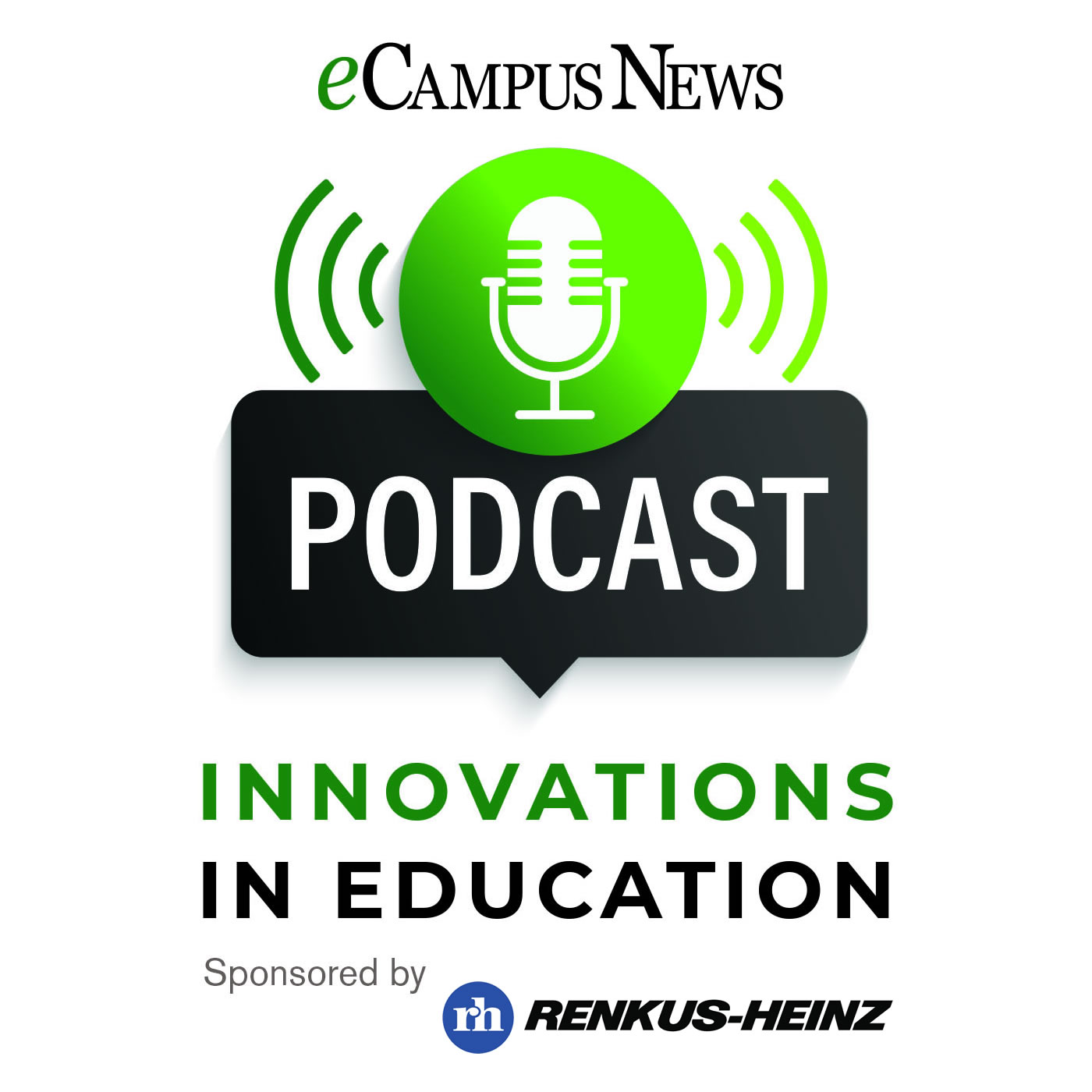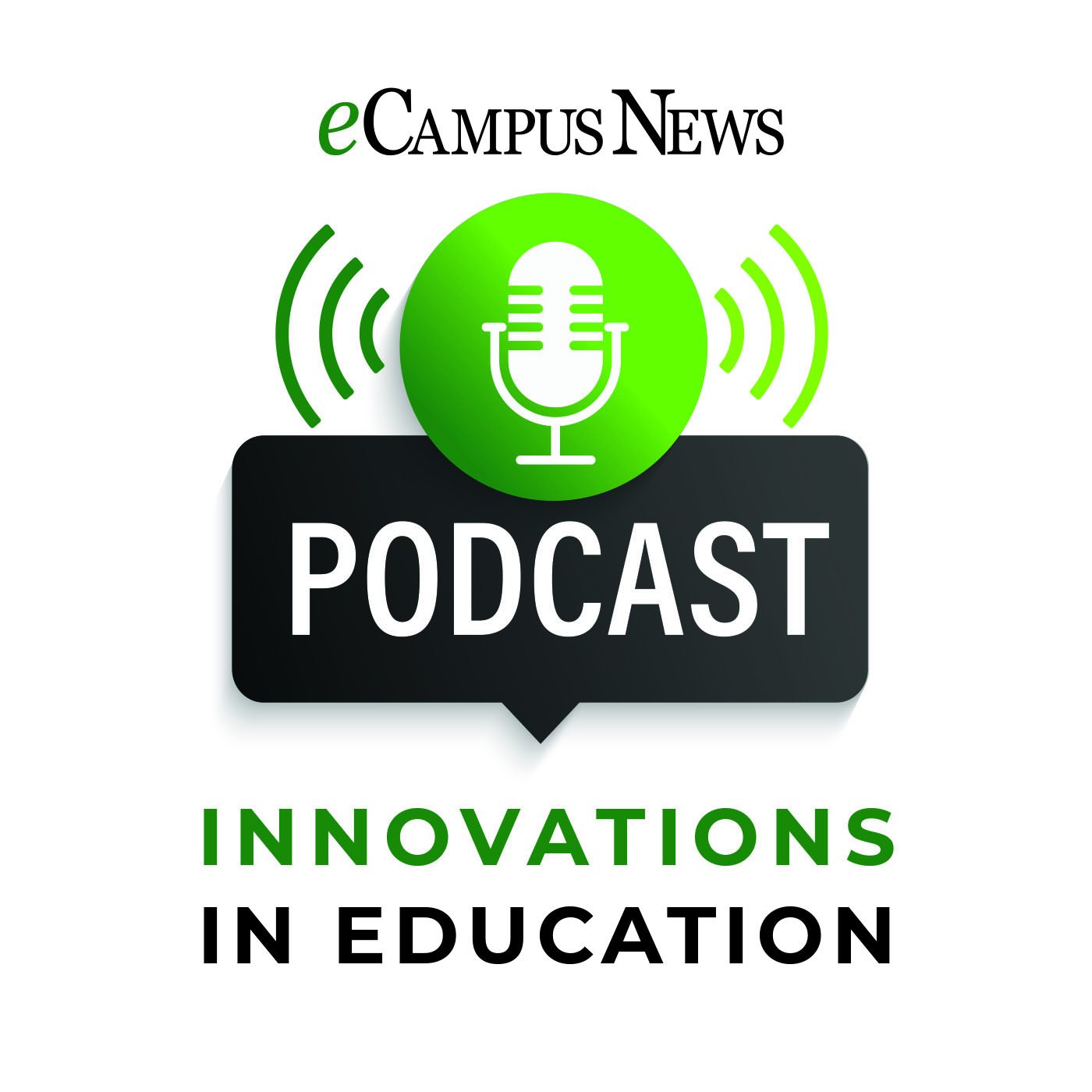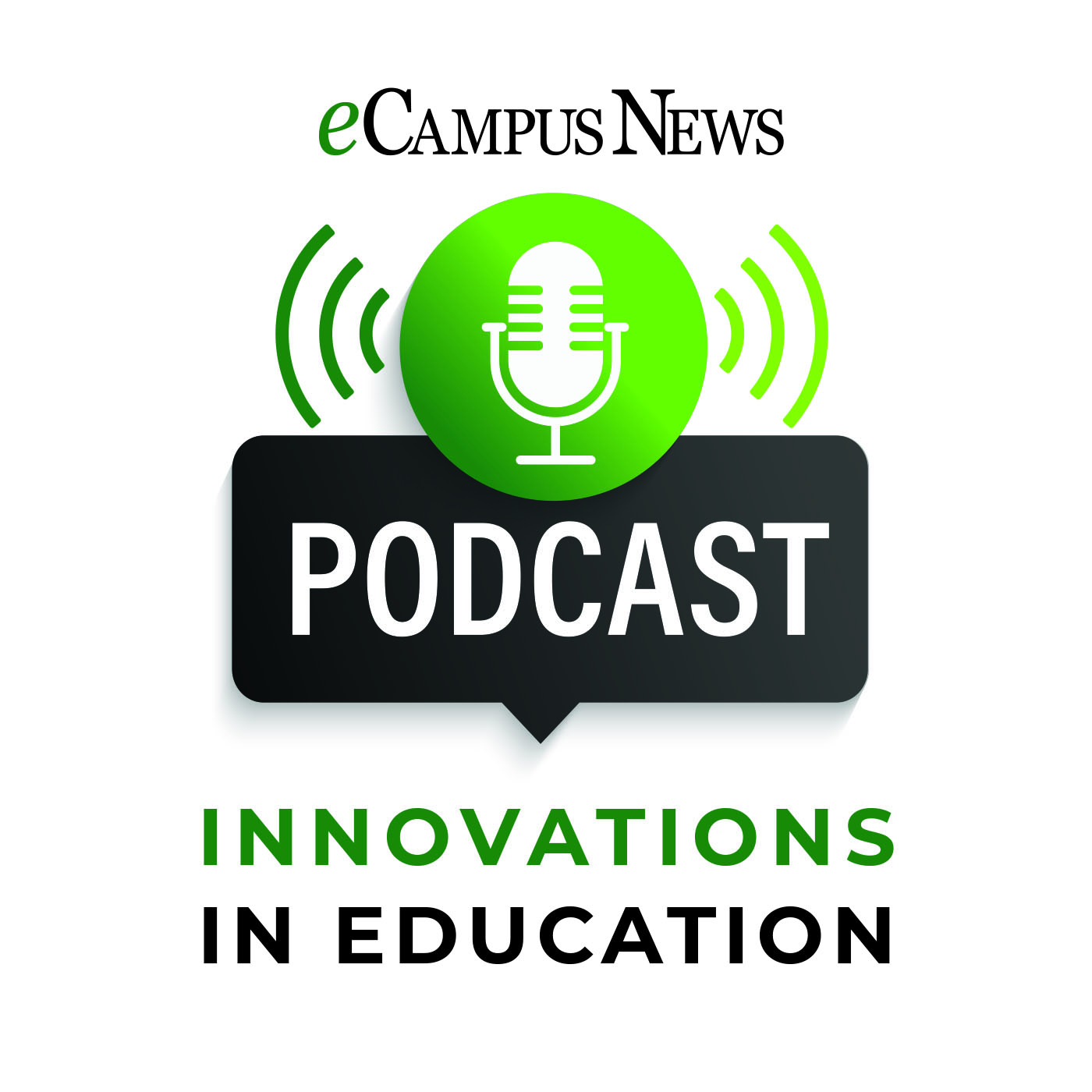Episode Transcript
Kevin Hogan
OK. Hello and welcome to eCampus News's innovations in education. The podcast where we dive deep into the transformative approaches to modern higher Ed institutions. My name is Kevin Hogan. I'm the content director for eCampus News and I'm happy you found us here today. In this episode, we're exploring a critical transformation that's been brewing in our academic institutions, a shift that goes far beyond textbooks and lecture halls. The COVID-19 pandemic didn't just disrupt our learning environments, it fundamentally changed how we understand and approach the idea of mental Wellness for students. I had a great conversation with Doctor Monica. Kinda she is the senior associate Dean of pre-clinical affairs for the Illinois College of Osteopathic Medicine at the Chicago School. She knows firsthand the stress these students carry and is working diligently to reshape how medical education integrates mental and physical well-being to support students. She unpacks the complex journey from mental health, being a nice to have conversation to one that it becomes an absolute priority. We'll examine the systemic challenges, innovative solutions and the critical importance of creating a culture of belonging. In our educational spaces. So whether you're an educator, student, parent, or simply someone passionate about supporting the next generation, this conversation promises to challenge, inform, and inspire. So grab a cup of coffee, find a comfortable spot. And let's dive in. OK. Thanks so much for meeting with me today. Really appreciate your time and your insights.
Dr. Monica Kinde
Thank. I'm glad to be here.
Kevin Hogan
And the topic is one that I think has always been important, but you know, as I kind of categorized everything like pre COVID and post COVID these days, mental health was kind of a nice to have or it was something that. Was everyone would talk about it being important, but it wasn't front and center. March of 2020 comes it becomes front and Center for for. Really, the group trauma that was exposed and specifically in the higher Ed space having when that had started 1 college and I now I have two in college and one out. I know that you know as a parent. Was. Very difficult time and difficult time for students. But at the same time. When I look at my particular beta testers, they have so much more of an awareness of their mental health than I ever did. Society as a whole, and specifically in higher Ed. The importance of feeling safe and the importance of having proper mental health. It's now understood that that's priority #1, right? I mean that. You tell me a little bit about where you see the state of play in mental health in the in higher-ed space. And where we? Come and where some of the some of the challenges may still be.
Dr. Monica Kinde
Right. And I love that you mentioned your kids because the current landscape, even starting at elementary Ed, that the mental health landscape is just kind of in crisis, particularly related to the economy and you know, the uncertainty of what the next, you know, year or month week brings, you know, medical and graduate students in particular face. Unprecedented pressures related to their academic performance, their professional development. So now you. Historically, even benign interactions have transformed into these high stakes events. And and when everything is high stakes, you can imagine what that does to one's mental health, one's Wellness. And so we're just seeing that across every profession, across every, you know, academic specialty. It's just, it's something that. We have to address, we have to proactive. Address these student needs rather than retroactively kind of scrambling to place what amounts to no more than band aids so you can treat the individ. Ual you can provide a student resources or you can systemically address these challenges that are affecting every student at every level. And I think. That's the impasse that we find ourselves currently.
Kevin Hogan
Well, that's pretty daunting. 'Cause, I mean, you're talking about systemic. You're talking about changes in culture of institutions, and again, from my experience with with higher Ed, sometimes you find that to be the most antiquated. Well, there might. Lots of innovation going on at the same time. This is the way we've always done it. These kids should just be able to get handle it and and get through with it, and that's probably the the more competitive of an institution that's more likely to be that sort of kind of toxic culture almost on. Kind of fending for your.
Dr. Monica Kinde
100% we've all heard, you know, Med school is. Grad school is hard if if it was easy, everyone would do it. And that remains true, right? But we have recruited these students into our programs. We have a duty to support them holistically. And I think putting into place these holistic supports, academic mental health, Wellness, support networks and infrastructure of support is what is needed to address these. Also you mentioned it earlier. Normalizing these challenges, it's always been hush hush, especially in the health professions. There's this
concern it is a concern that is historically based in reality, that if I am a healthcare provider, I cannot show these weaknesses. I I cannot show. This infallibility that that I I too have needs once we change the. To focus on. These challenges affect everyone. You're not infallible. Simply because of the profession in which you find yourself. And once we recognize that, and once we realize and actualize our duty to our students by recruiting them and welcoming them into our program, I think that that's when we get to these systemic. Changes that will positively affect the outcomes of our students, our programs and then the staff and faculty that support those programs.
Kevin Hogan
And you, you talk about infrastructure and I think about technology and we're also just mentioning you know as we sit here on zoom talking to each other that there have been a lot of changes and advancements in the use of technology in in order to create. Remote. That actually kind of in a strange way, bring people closer together. One thing I've seen in some of my other reporting that from a counseling standpoint, from a mental health providing mental health resources to students. There have been some innovations through the use of this that might have not worked as well. When it's person to person, have you experienced that at all where you see maybe a student who would be maybe? Not skeptical or just maybe a little uncomfortable going into a person to person counseling session might be more likely to spend a few minutes on zoom discussing their issues. A little bit about how you've seen infrastructures. Improve. Quality of mental health resources.
Dr. Monica Kinde
I think that that's a very astute observation because there is stigma.
I with seeking help, especially in the health professions. But again, as we normalize these pathways to Wellness and these pathways of support, I think again we are we are normalizing the opportunities for Wellness. And improvement and and seeking the help that you need and and even when it comes to physical infrastructure. Designing Wellness programs that are community. You're you're you're not having to squirrel yourself away and you know, work on your Wellness in isolation. You're with your support network and engaging in these activities that support resilience and Wellness, and in all of these elements that are so associated with mental capital that affects the academic outcomes. So I think that. One, the physical infrastructure itself can be improved to help normalize these positive Wellness seeking behaviors. I also think that this virtual world that we find ourselves in is. Contributing to this decline in Wellness in in my previous institution, many of the students that I worked with who were quote struggling were the ones that found themselves. Squirreling away at home, you know, head down, look open watching recorded. Lectures and. Would ask them, you know, when's the last time? You spoke to somebody in. When's the last time you came to? When's the last time you saw your faculty face to face? And more often than not, they kind of glanced back at me. Like stares. Over zoom, right? Right. Right. I encourage them to break down those barriers and find their network develop their social support network because. When students are finding themselves supported. And they have that personnel infrastructure, whether it be friends or peers or faculty or staff, they predominantly. Perform better than their peers who are finding themselves isolated.
Kevin Hogan
Yeah, yeah. Any advice for our? Our listeners for our readers who are in a position on their campus. Or maybe they see initiatives being implemented that are maybe helter. Or maybe it's just like it's not some sort of like cohesive plan, I mean. How do you set as a leader a mental health? I guess I would say into the day-to-day workings of. Institution.
Dr. Monica Kinde
You mentioned culture, and I think that's where it needs to start there. There has to be a culture of Wellness and a culture of belonging. Resilient students produce. Better outcomes. Resilient doctors produce better patient outcomes. One of the primary elements of resilience is belonging. If I am a student and I have a good sense of where I belong. In my profession, in my network, in my campus, in my community. Then I have a better understanding. Of where I can develop or to what I can develop into and all of those elements of belonging. Resilience, which again promotes those positive outcomes.
Speaker
Promote.
Dr. Monica Kinde
How do we create belonging? I think it has to start with the people that shape. Sure. And those are the students, staff and. So the professional development so that your faculty and staff understand the why like why is creating an inclusive environment important? Is. Helping your students formulate their their professional identity. Why is that important? And then also amongst your students, more often than not the the students just want the shortest path from a. Oozie, right? And they see. All of this super superfluous stuff as fluff. That's interfering with their ultimate outcome, right? I have to pass board one. Have to pass Board 2. I have to. Match, you know, and so on and so forth. But if we can convince the student, if we can transparently communicate the rationale as to why. This fluff is important to their development and ultimately important to their practice. Then I think that's how we work to establish that. Chart that you referenced.
Kevin Hogan
And as we mentioned before, because I think of the the group traumatic experience COVID especially the the young people who kind of were through the university system or through higher Ed the past five years at least have an appreciation for. It that maybe had not been there. Before and can help. Then be smarter than we were.
Dr. Monica Kinde
Yeah, I agree completely.
Kevin Hogan
Well, again, doctor, thank you so much for your time and for your insights. I really appreciate it. I know our audience appreciates it and can we'll be able to apply a lot of the things that we talked about to the the day-to-day of of their work. Thanks again. And that's all we have for this episode of Innovations in Education. Be sure to come back to eCampus News for more episodes and sign up and subscribe to our podcast on our monthly series. Also, be sure to check out the website. Got plenty of resources. That I think will help you in the execution of your job. On campus once again, thanks for. This is Kevin Hogan at eCampus news.


